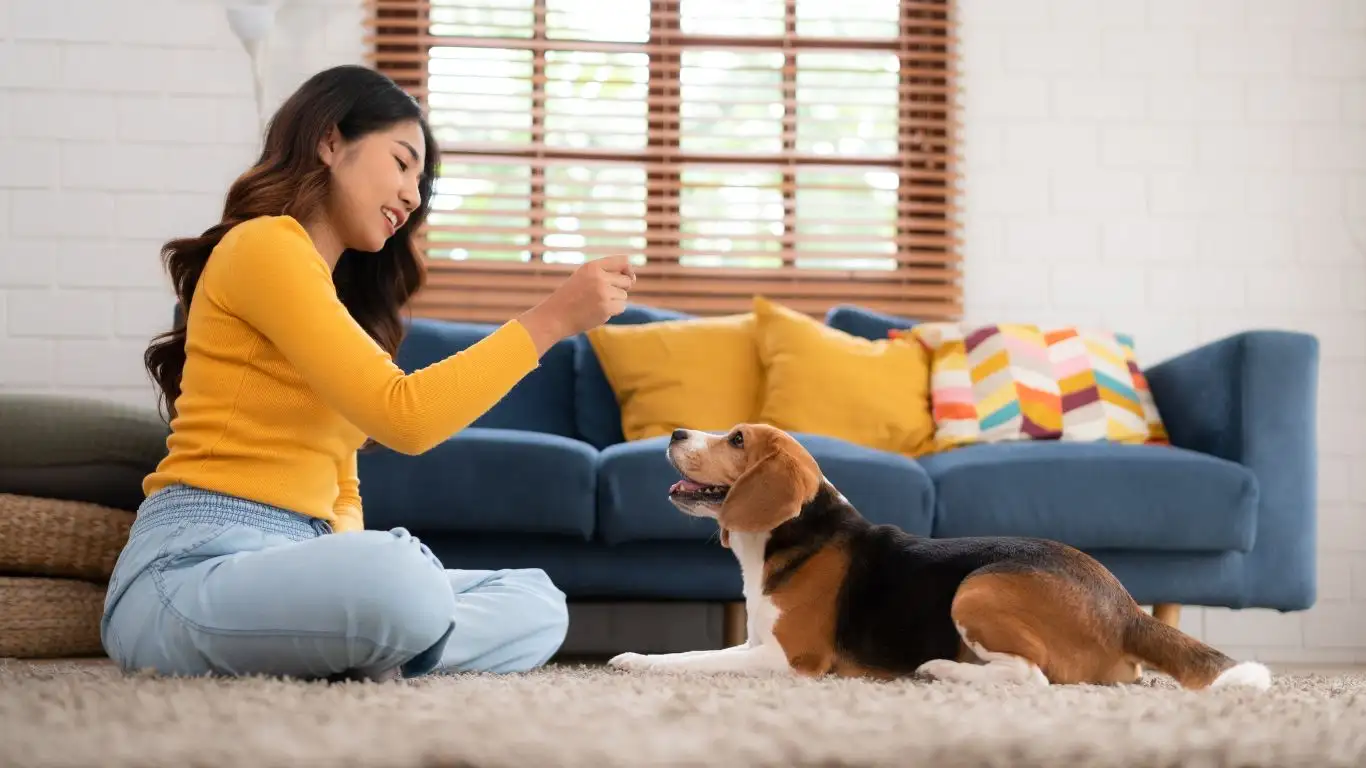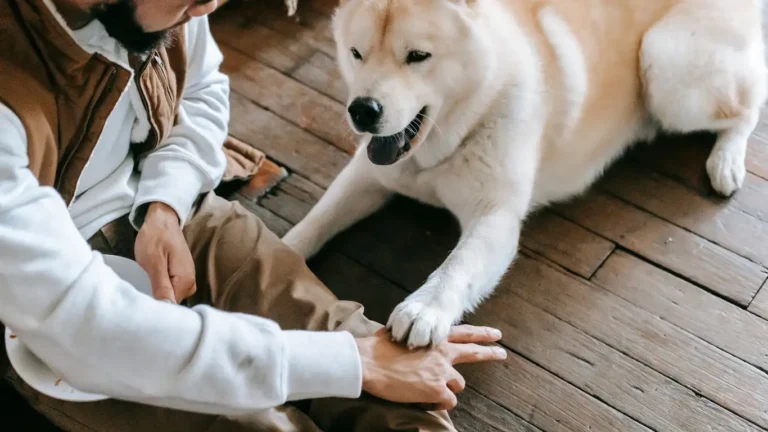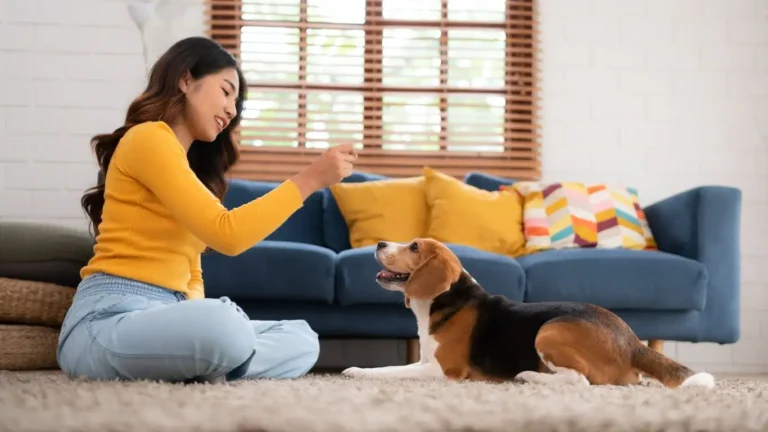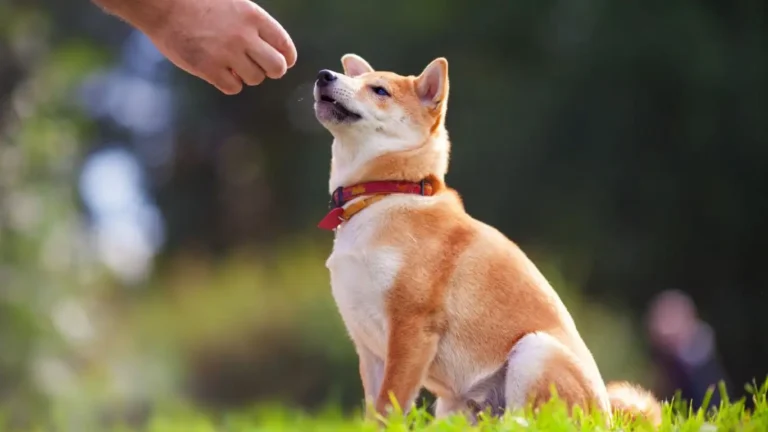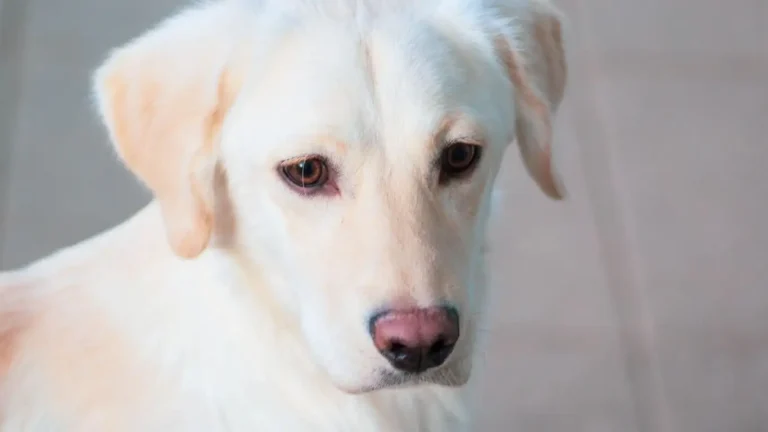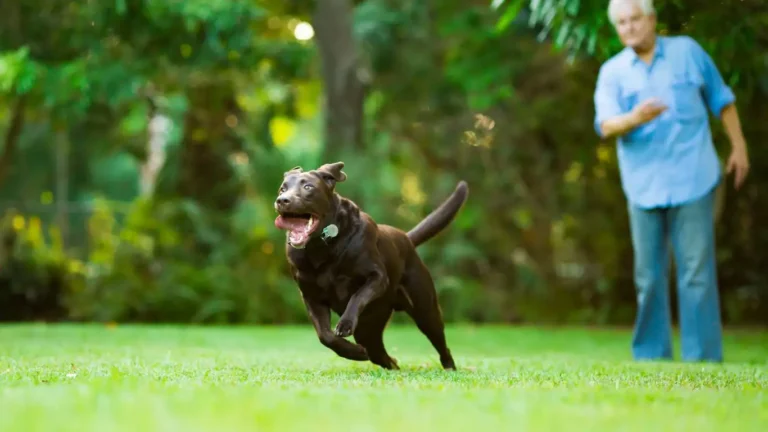Struggling with Rain? How to Train a Dog to Go Potty Fast
Ever found yourself begging your dog to just *please* go potty in the rain—only to have them stare at you like you’ve asked them to solve algebra? You’re not alone. One of the most frustrating (and often hilarious) hurdles I’ve seen as a Canine-Assisted Therapy Trainer is figuring out how to train a dog to go potty in the rain. It’s one of those things dog owners don’t think about until the sky opens up and suddenly your pup is refusing to step a paw outside. If you’re reading this with a soaked leash in one hand and a stubborn pup under the couch, I’ve got you.
Why Do Dogs Hate the Rain So Much?
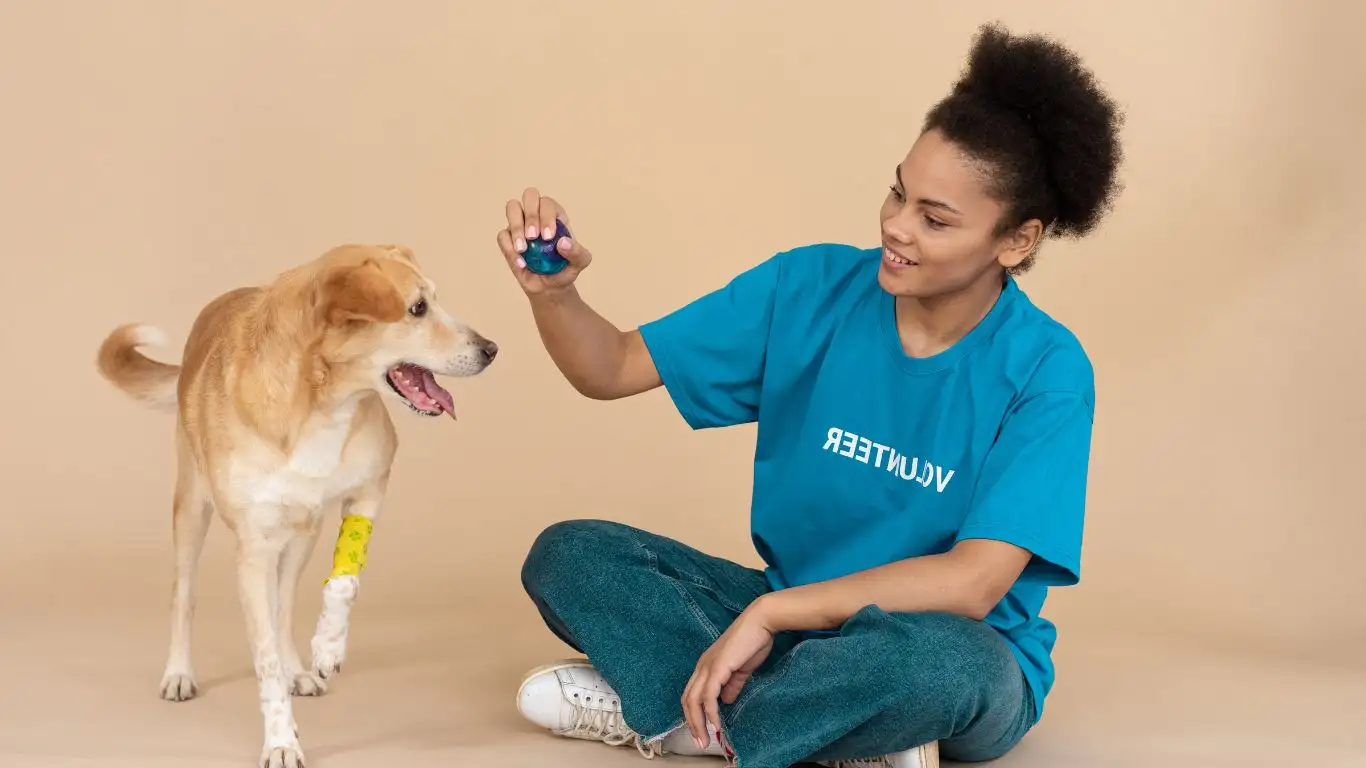
Before we can train our furry friends to do their business during a downpour, we need to understand why they’re so resistant. Believe it or not, it’s not just them being dramatic—though it can sure feel that way sometimes.
1. Sensory Overload
Rain changes everything: the smells, the sounds, the feel of the ground. Dogs rely heavily on their senses, and when their environment is suddenly cold, wet, and noisy, it’s overwhelming. From the sharp scent of ozone to the patter of water on pavement, it’s a whole new world out there—and not in a good way.
2. Comfort vs. Instinct
In my training sessions, I’ve met dogs that will do obstacle courses, jump through hoops—literally—but refuse to potty in the rain. Why? Because comfort trumps training when a dog hasn’t learned to cope with discomfort. They’re not being defiant—they just prefer to wait for better weather. And if you live somewhere like Seattle (shoutout to my rainy-day clients!), that’s not an option.
Setting the Stage: Tools and Prep Matter
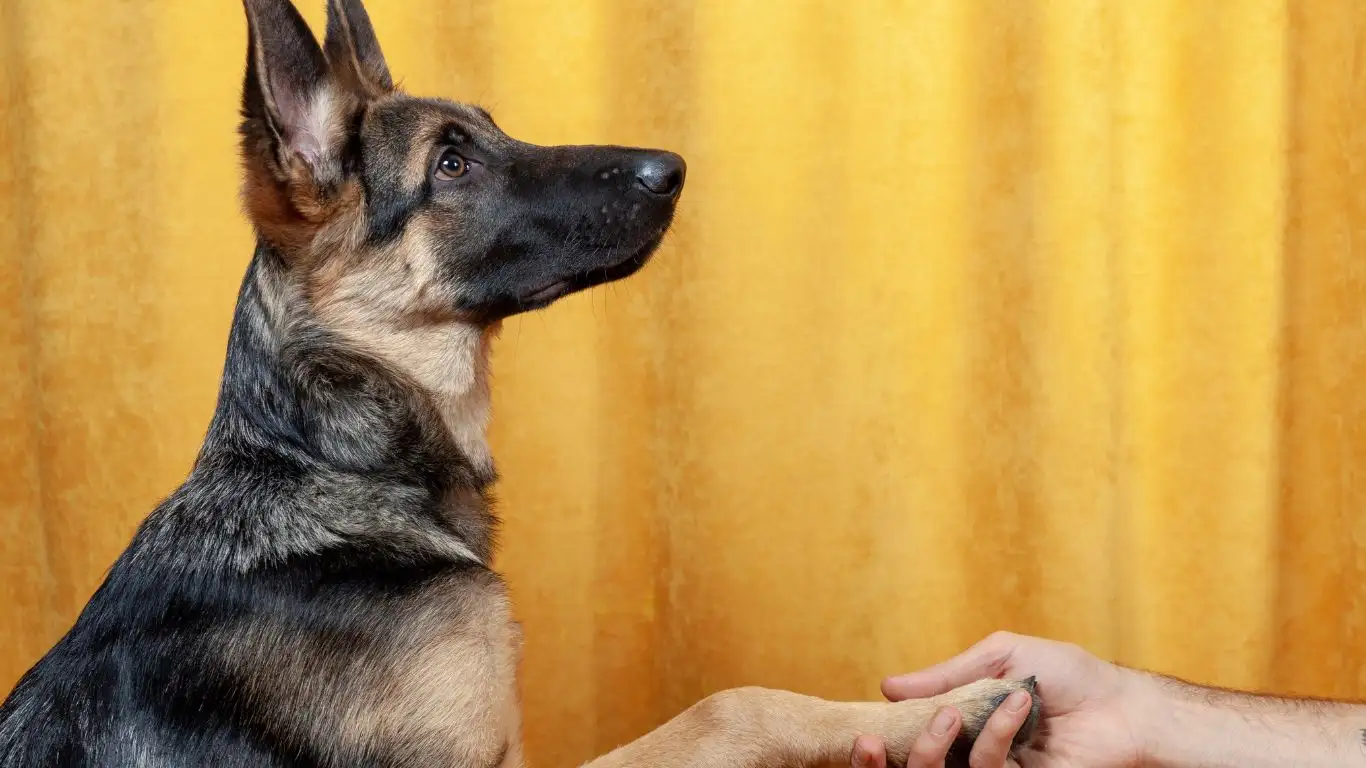
Here’s where the E-E-A-T principles kick in: having experience and authority means I’ve seen what works *and* what backfires. So let’s set you up for success with some real-world, tested tips and tools.
Gear Up Like a Pro
You’re not going into battle—just into your backyard—but it helps to be prepared. Here’s what I recommend:
- Doggy raincoat: Keeps them dry and cozy. Some dogs instantly feel more confident wearing one.
- Paw protection: Wet grass or cold sidewalks can be a dealbreaker. Try booties or paw balm to make it more bearable.
- Umbrella leash: Yep, it’s a thing. There are hands-free umbrellas designed for walking your dog, or just grab your biggest one and share it.
Choose a Dedicated Potty Spot
Dogs thrive on routine. Pick a small area that drains well and use it every time it rains. If it gets muddy, put down artificial grass or a piece of rubber mat. The consistency gives your dog a sense of familiarity, which reduces anxiety.
Use a Cue Word… and Mean It
One of the first things I teach new dog owners is to use a potty cue word. Whether it’s “Go potty”, “Hurry up”, or something fun like “Make it rain!”—consistency is key. Say it when you know they need to go, and always reward them immediately after they do it—yes, even in the rain.
Training Sessions That Work
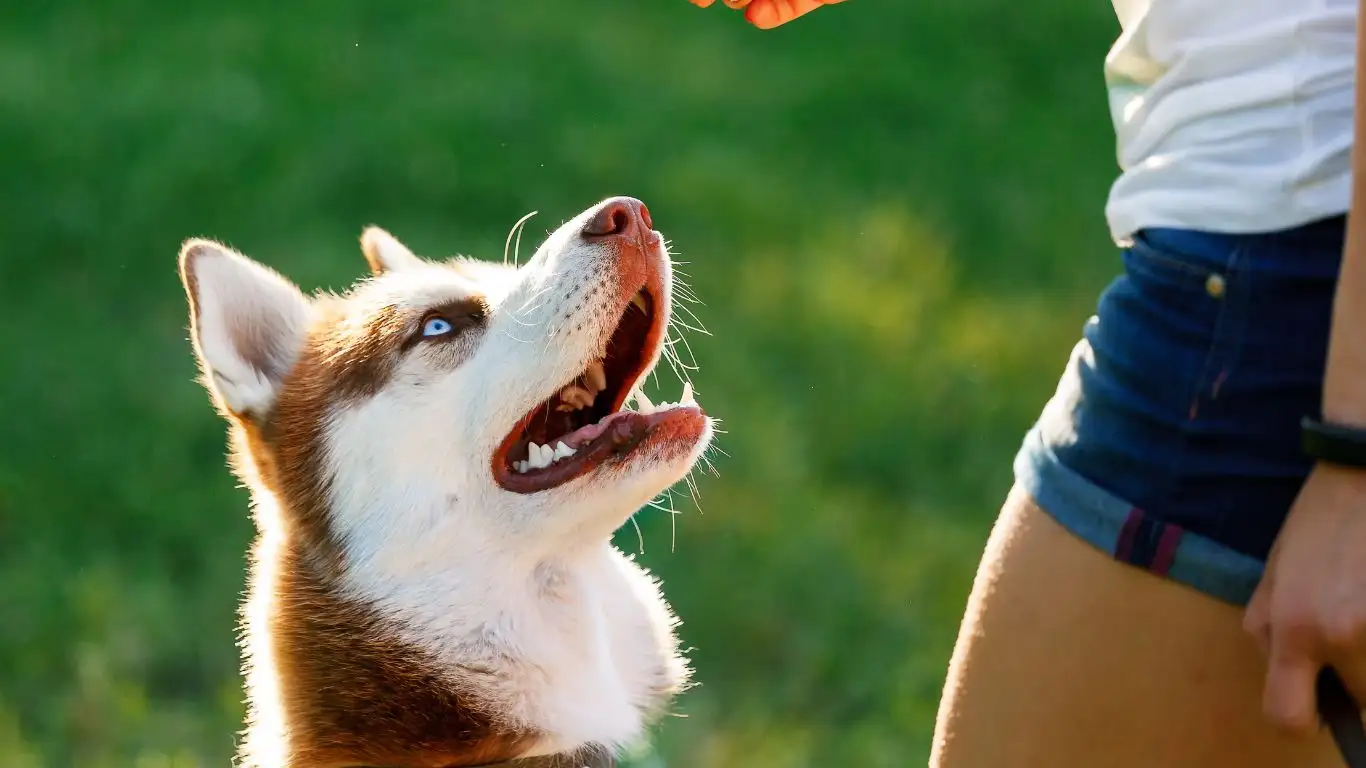
Make It a Game
Rainy potty training doesn’t have to be a chore. One trick I use with hesitant pups is to turn it into a mini game. Bring treats, bring toys, and bring your happy voice. The more you treat the rain like it’s just another part of the adventure, the faster your dog will stop associating it with stress.
Stay Out With Them
This is a big one. If you’re standing on the porch while your dog’s shivering on the grass, that’s not teamwork. They’ll be more confident if you step out with them—even if it means soggy socks.
Reward Like You Mean It
Treats are currency. If your dog manages to go potty in the rain, don’t just toss a biscuit their way. Celebrate! Use a high-value treat (think: chicken, cheese, or their absolute favorite snack) to reinforce that brave behavior.
When the Rain Just Won’t Stop: Advanced Tips

So, what do you do when your dog still refuses to go out even after the gear, treats, and encouragement? Well, here’s where a bit of strategy—and a lot of patience—comes in. I’ve worked with dozens of pups who had full-on meltdowns at the sound of a raindrop. You’re not failing. You’re just dealing with a pup who needs a little more finesse and trust.
Try Short, Frequent Breaks
Instead of expecting your dog to go out and instantly do their business, try multiple short outings. This takes the pressure off. You’re not dragging them out into a storm for a marathon—just a quick check-in. I’ve had great success with this method for shy dogs who need time to warm up to the idea of wet paws.
Desensitization Can Work Wonders
This is a longer play, but worth the time. Get your dog used to the sound and feel of rain *before* asking them to potty in it. Play rain sounds during playtime. Let them explore a wet patio under a covered porch. Gradual exposure can turn the rain from “monster” to “meh.”
Create a Covered Potty Area
If you’re in a place where it rains often—looking at you, Pacific Northwest folks—you might want to get a little creative. I’ve helped a few clients set up small covered potty zones in their yards. Even a large patio umbrella anchored into the ground with a waterproof mat underneath can do the trick. Your dog stays (mostly) dry, and you both stay sane.
Potty Pads and Indoor Backup Plans
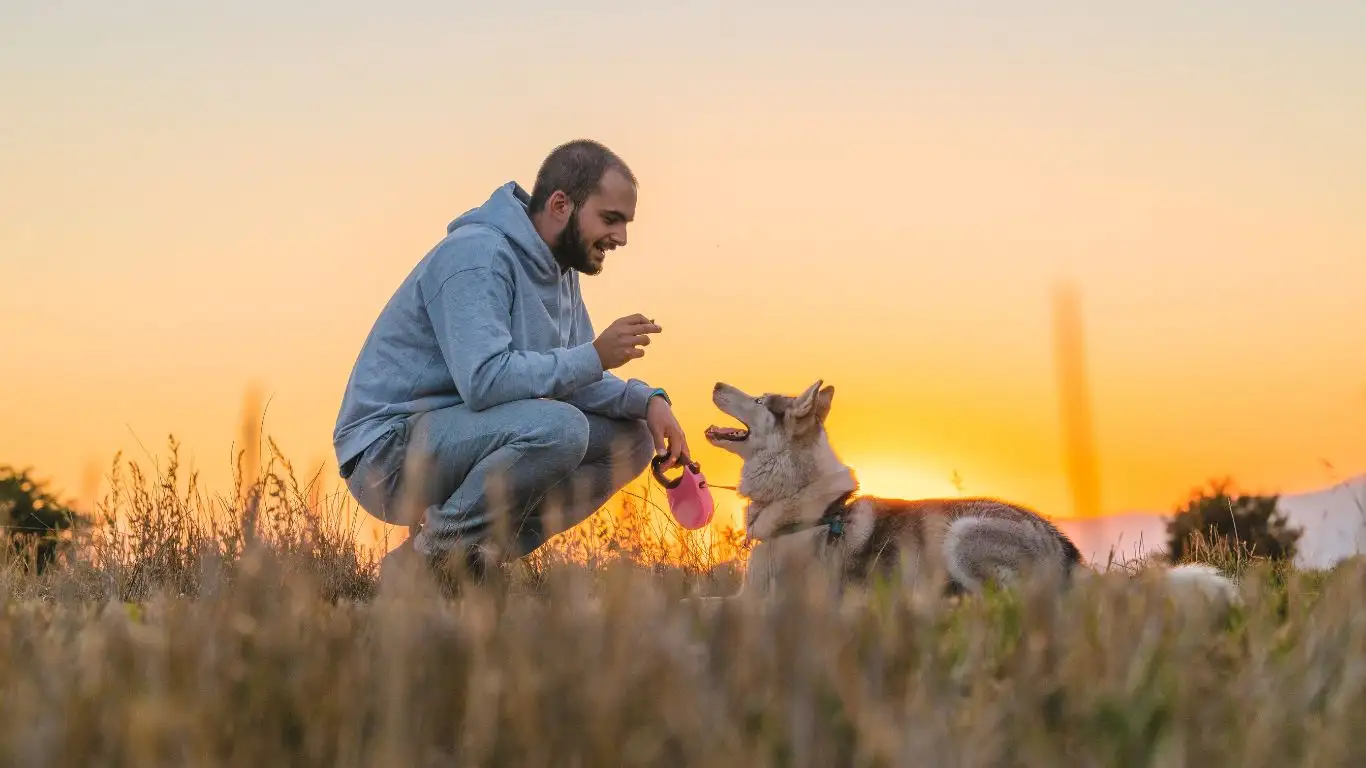
Look, I’m all for getting dogs to do their business outside where it belongs. But sometimes, you need a backup. Especially for senior dogs, tiny breeds, or rescues who’ve already had traumatic experiences with the outdoors.
Training with Pads—The Right Way
If you’re using potty pads during rainy weather, make sure they’re always in the same location. Consistency tells your dog, “This is your indoor bathroom.” You don’t want them guessing and peeing on the welcome mat.
- Place the pad near the door they normally go out through.
- Use the same cue word you’d use outside.
- Reward them just like you would for outdoor potty time.
Remember, this isn’t a forever solution—it’s a weather-specific strategy. Once your dog gains confidence, you can start phasing it out.
Use Artificial Grass Indoors
Some dogs respond better to a surface that mimics real grass. I’ve had stubborn pups who refused to go on a potty pad but had zero issue with a patch of artificial turf. Place it on a tray and treat it like an indoor lawn. It’s not glamorous, but it works!
Helping Fearful or Rescue Dogs Build Trust
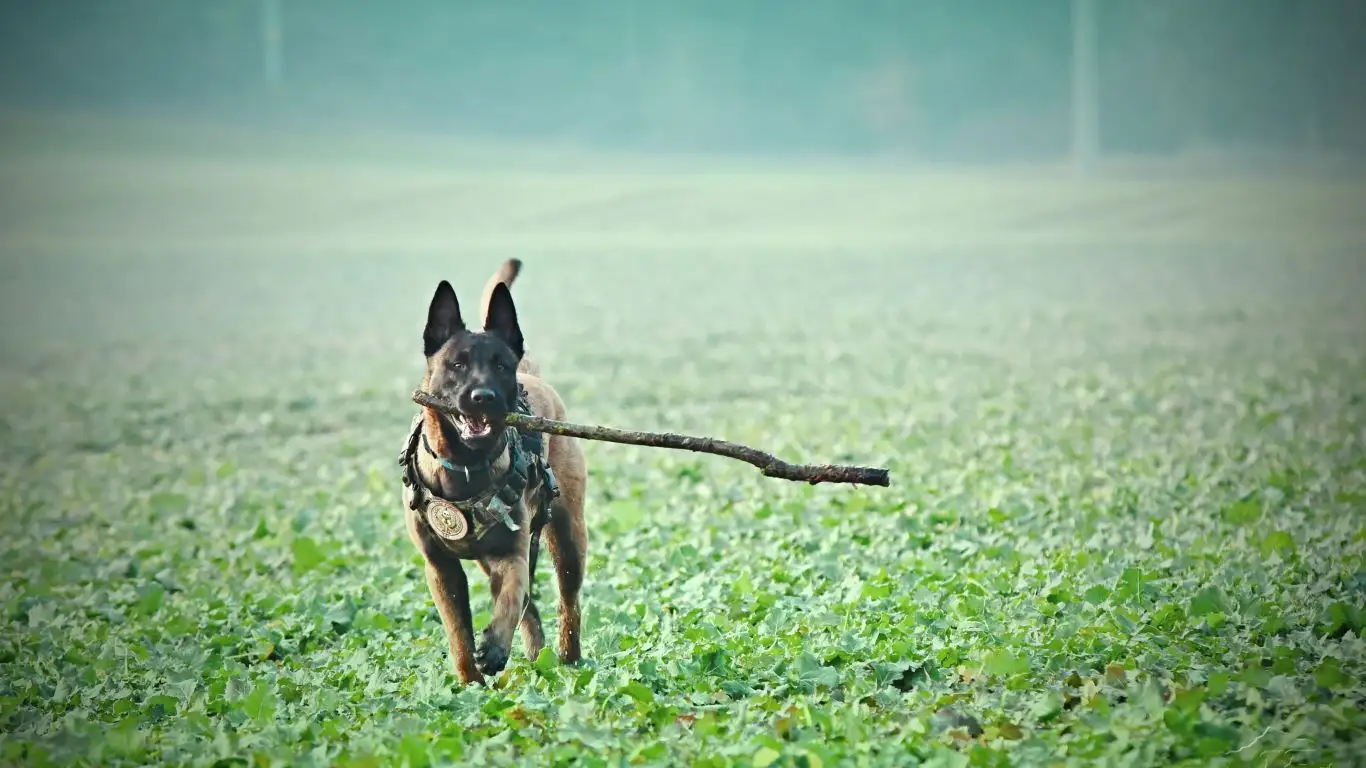
Now, here’s where things get personal. I once worked with a rescue beagle named Rudy who had been kept outdoors in all kinds of weather before his rescue. Rain terrified him. The first time I tried to get him to go potty in the rain, he shook so badly I ended up sitting with him on a towel for 30 minutes, just letting him know he was safe. No commands, no pressure.
With dogs like Rudy, you need to throw out the “normal” rulebook. What they need more than anything is security and positive reinforcement. I had to build our training plan around trust first, potty later.
Slow Introductions to Wet Weather
Let them explore the outdoors at their own pace. Even just standing near the open door while it rains is progress. Pair every step with praise or treats. If they make it onto the wet grass? Celebrate like they just won gold at the doggy Olympics.
Don’t Punish, Ever
This one’s big. If your dog has an accident indoors because they’re too scared to go out in the rain, don’t scold. That’ll just reinforce their fear. Instead, clean it up calmly and try again later with a gentler approach.
Be Your Dog’s Cheerleader, Not Their Drill Sergeant
I always say, training in the rain is as much about us as it is about our dogs. They feed off our energy. If you’re frustrated, cold, and snappy, they’ll pick up on it fast. But if you turn rainy potty time into an encouraging, even goofy moment (I may or may not sing to my dog in the rain), they’ll feel safer and more motivated to follow your lead.
In the end, training a dog to go potty in the rain isn’t just a one-size-fits-all checklist. It’s a dance between preparation, compassion, and knowing your dog’s unique personality. Stick with it, laugh through the messy moments, and trust me—those little victories in the drizzle? They’re worth it.
Sticking With It: Building a Long-Term Routine

Let’s be real for a second—training your dog to go potty in the rain isn’t just about that one stormy Tuesday. It’s about building a long-term habit that sticks no matter what the weather throws your way. I’ve seen too many people make progress during a wet week only to forget everything once the sun comes back. Trust me, your dog notices that inconsistency.
Rain or Shine, Keep the Routine
Here’s one of the biggest takeaways I share with my clients: Don’t just train in the rain when you’re desperate. Even on dry days, reinforce the same routine you’ll use when it’s wet. Take the same path, use the same cue words, and bring those same treats. Dogs learn through repetition and structure—weather should just be a variable, not a dealbreaker.
Celebrate Small Wins
One of my favorite success stories was a labradoodle named Penny who absolutely refused to even look at the yard when it rained. After a month of working consistently with her family, we had her running to her spot during a drizzle like it was no big deal. The key? They celebrated every small win. Literally cheered. Gave her a mini party. Dogs love knowing they’ve done a good job—it boosts their confidence in all areas of life.
Training Through Changing Seasons
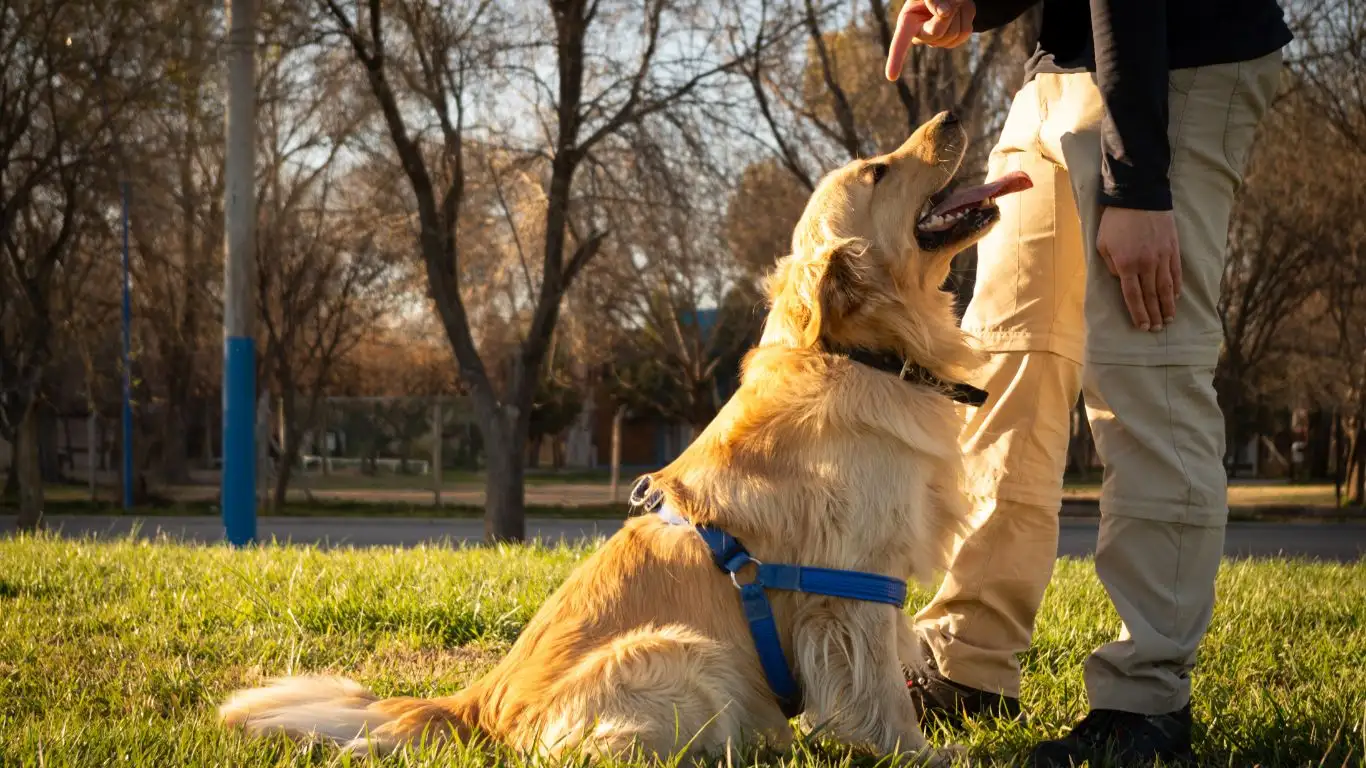
As a Canine-Assisted Therapy Trainer, I’ve had the unique opportunity to observe how dogs behave through different seasons and climates. Rainy day training doesn’t end when summer starts—it just evolves.
Spring and Summer Showers
These are your training golden hours. Mild rain, warmer temps, and longer days make it easier for you and your pup to get outside and stay consistent. Plus, fewer scary thunderclaps. Use this time to lock in habits.
Fall and Winter Challenges
This is where it gets tricky. Cold rain, shorter daylight, and slippery surfaces can make outdoor potty breaks less appealing. If you’re in a snow-prone area, snow can be as confusing as rain for many dogs. Keep paths clear, consider doggy sweaters, and shorten outdoor time but keep the routine intact.
Common Mistakes to Avoid (I’ve Made a Few!)
Yep, even trainers mess up sometimes. Let me save you the trouble by sharing a few missteps I’ve either made myself or watched others make over the years:
- Sending your dog out alone: Unless your dog is already a pro, they need your presence and encouragement. Don’t just open the door and hope.
- Getting frustrated: This one’s tough. It’s frustrating when your dog is clearly holding it in, but showing irritation only makes them more anxious.
- Inconsistent cues: Switching up phrases like “go potty,” “do your business,” and “hurry up” can confuse your dog. Stick with one.
- Stopping rewards too soon: Even if your dog’s doing well, keep up the rewards until the habit is rock-solid—especially in challenging weather.
Frequently Asked Questions
What if my dog absolutely refuses to go in the rain?
First, make sure they’re not dealing with something deeper—like past trauma or sensory issues. Then revisit the basics: desensitization, indoor potty options, and positive reinforcement. And honestly, sometimes you just need to ride it out and try again when they’re calmer.
Is it okay to use pee pads temporarily?
Absolutely, as long as they’re used intentionally. Don’t let pads become a crutch unless your dog physically can’t go outside. Use them as a backup, not a default.
How long does training usually take?
Depends on the dog! I’ve seen some pups get the hang of it in a few rainy days, others take weeks. Be consistent, patient, and celebrate the little milestones.
References
Disclaimer
This article is based on my personal experience as a certified Canine-Assisted Therapy Trainer and is intended for informational purposes only. Always consult your veterinarian or a certified behaviorist if your dog is showing extreme anxiety or medical issues related to weather or potty training challenges.
